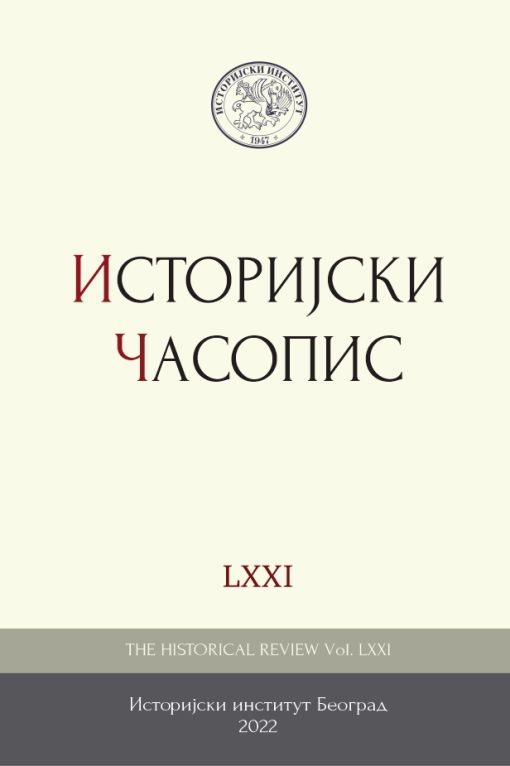BEING BYZANTINE IN THE POST-1204 EMPIRE OF
CONSTANTINOPLE: CONTINUITY AND CHANGE (POLITICS, GOVERNMENT, CHURCH AND RELIGION)
BEING BYZANTINE IN THE POST-1204 EMPIRE OF CONSTANTINOPLE: CONTINUITY AND CHANGE (POLITICS, GOVERNMENT, CHURCH AND RELIGION)
Author(s): Filip Van TrichtSubject(s): Politics, Cultural history, History of Church(es), Political history, Theology and Religion, Government/Political systems
Published by: Istorijski institut, Beograd
Keywords: Byzantium; Frankokratia; Latin Romania; political history; church history; cultural history
Summary/Abstract: The impact of the Latin conquest of Constantinople has often been treated from either the perspective of the Western newcomers who established themselves in various Byzantine territories, or from the perspective of the Byzantines who left the regions that came under Latin control and who managed to establish themselves elsewhere (Nicaea, Epiros, Trebizond). In this contribution the momentous consequences of the Fourth Crusade are addressed from the perspective of those Byzantines that came under Latin rule. By zooming in on a selection of individuals and subgroups a picture is sketched of the varied Byzantine experience within the confines of the (Latin) Empire of Constantinople after 1204. Attention will be given to the various – political, religious, socio-economic and cultural – spheres of society. The focus is on the capital and the region around Constantinople, but other regions come into view as well (Thessaloniki, Adrianople, Philippopolis, Achaia/Morea, Attica, Beotia, Euobia, Crete, etc.). Chronologically this contribution is primarily limited to the period until the loss of Latin Constantinople in 1261.
Journal: Историјски часопис
- Issue Year: 2022
- Issue No: 71
- Page Range: 65-119
- Page Count: 55
- Language: English

